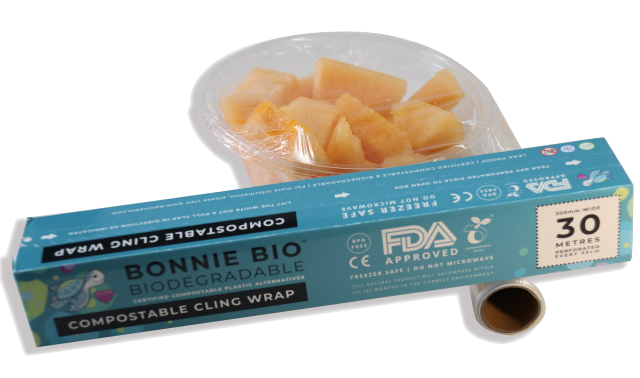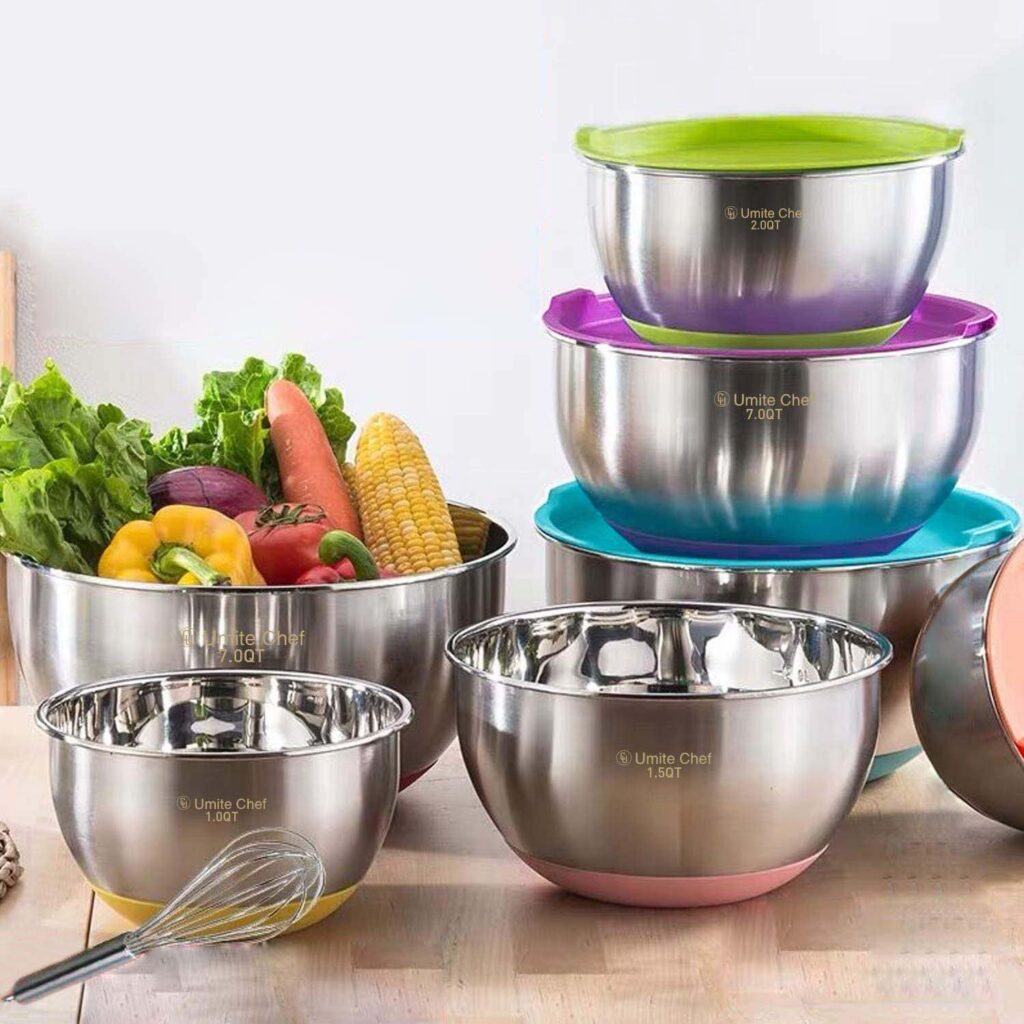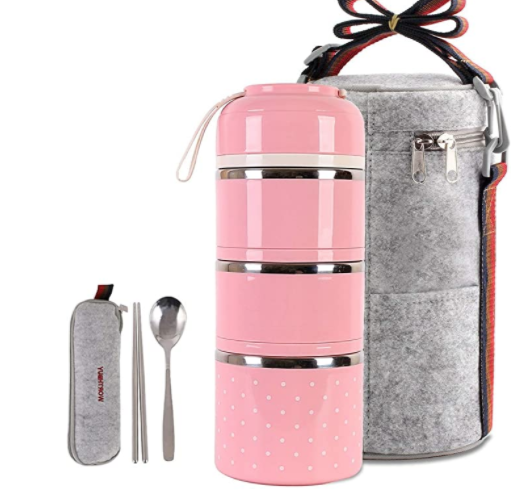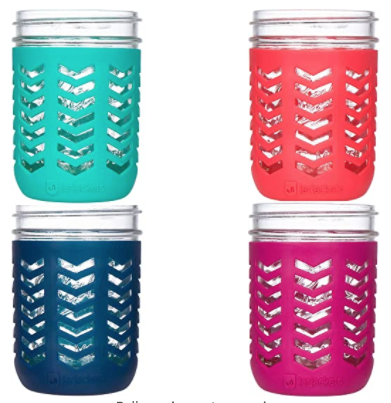Using plastic-free kitchen products should be a top health and ecological priority for you and your family. Plastic is bad for you and your health, and is wreaking havoc on our planet.
Because of that, more and more people are making conscious decisions to ditch plastics—especially single-use plastics—in their daily lives.
And that’s great news.
Additionally, more and more people are realizing that plastic is extremely bad for their health. It is taking an invisible (for now) toll on their personal health (and the health of their families) and has been linked to a long list of conditions and diseases—from behavioral problems to cancers.
So if you’re working on cutting your dependence on plastic for environmental reasons, the best place to start is in the kitchen, where that plastic is also leaching chemicals into your family’s food. If you’re thinking about how to cut out plastic for health reasons … the best place to start is still in the kitchen. I’ve been working on eliminating plastic for eight years now, and have learned a lot along the way.
There are other products and considerations for reducing single-use waste, but for now, here are 11 zero waste kitchen items (and categories of items) to get you started where it matters most: getting plastic away from your food.
(Plus a bonus at the end.)
11 Plastic-Free Kitchen Products You Should Check Out
Substitute for plastic wrap: Compostable Cling Wrap.
There are lots of great food storage solutions that are plastic-free (and we’ll talk about more of them shortly), but there is also something so satisfying about perfectly stretching a length of plastic wrap over the top of a bowl. (I have a fail-proof strategy for pulling the plastic tight on the rim of a bowl at 9 and 3 o’clock, then at 12 and 6 o’clock, etc., until the surface is so smooth it disappears.)
Enter Bonnie Bio’s cling wrap: made from compostable corn PLA instead of plastic. It stretches and clings just like plastic, but it’s made entirely of corn and vegetable ingredients, with no chemical additives, making it an excellent zero waste kitchen product.
PLA stands for polylactic acid, and is considered a “bioplastic.” PLA production does not use as much fossil fuel as normal petroleum-based plastic production. It also decomposes in 60 to 90 days, without leaching toxins back into the environment. PLA products are already replacing plastic cutlery, cups, food service gloves, and more.
Bonnie Bio’s compostable cling wrap is FDA-approved, DIN CERTCO certified, and carries the CE mark. It is freezer and microwave safe.
Reusable produce bags (cotton)
If you buy fresh produce from the grocery store, you’re probably using a lot of low-quality plastic. There’s an additional irony for those of us who pay for organic produce … and then put it in thin plastic bags. We skipped pesticides, but that plastic produce bag is leaching chemicals into the pears and broccoli anyway.
Reusable produce bags have become more popular recently as people move away from single-use plastics, but be sure you’re not replacing them with multi-use plastics. Many of the cheap, mesh produce bags are made from plastics as well, and the more they are used, the more plastic they leach.
Look for sets of cotton produce bags instead of plastic or nylon. You can find some that are cotton muslin (solid) or that are cotton mesh, which is just about your preference.
Some favorite reusable produce bags:
- These canvas muslin bags
- These organic cotton mesh bags
Pro tip: Get a set of 10 or 12, so you have more than you think you’ll need. You might have produce that lives in a cotton bag, in the fridge, for a week or so and you’ll need more in the meantime. You’ll also find that lots of produce is already packaged in plastic bags or boxes (like grapes or berries), but you’ll want to move it to a cotton bag once you get it home.
Bamboo or wooden utensils
One of the main stressors (environmental factors that make plastics leach more chemicals) is heat. That means that even if you hand-wash those plastic mixing spoons in cool water and keep them out of the microwave and out of the sun … they’re still breaking down when they touch a hot pan.
Bamboo and wood are stronger, safer, and just look nicer in that jar on your kitchen counter which is why they’re the best zero waste kitchen essentials.
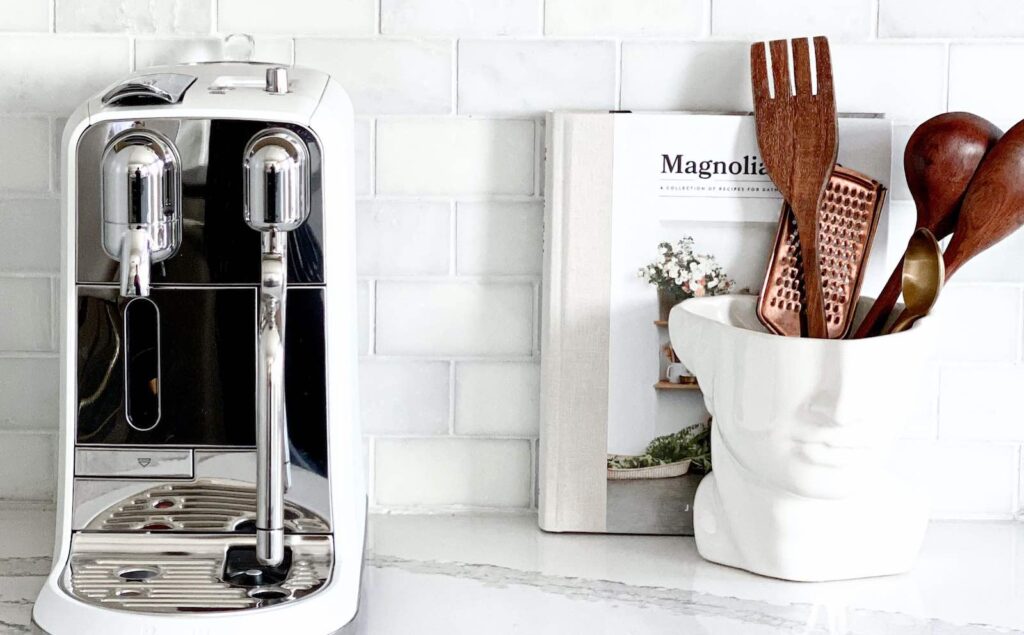
Bamboo boasts the added benefit of being a rapidly renewable resource. Plus, they’re affordable and easy to find, because both wood and bamboo cooking utensils have been around for a while. Some plastic alternatives require a bit of an investment in your health, but not these.
Some favorite wooden and bamboo utensils:
- The NAYAHOSE Wooden Cooking Utensil Set
- Neet’s bamboo cooking utensil set
- The COOKSMARK bamboo set (I love a little pop of color.)
If this is your first attempt at purging plastic from your kitchen, and using plastic-free kitchen products, you probably have lots of other plastic food prep items: cutting boards, mixing bowls, measuring cups, etc.
Many of these items are available in a variety of materials, but the plastic options are often marketed as more affordable, more durable, more stylish, etc., so they’re purchased without a second thought. Many also now proudly proclaim that they’re “BPA FREE!,” which we now know doesn’t really mean much for your heart. BPA is just replaced with other toxic chemicals.
Plastic food prep items are especially dangerous, however, because they (A) make direct contact with food and (B) are regularly put through more stress than other dishes. A cutting board, for example, is routinely scraped and sliced, which breaks down the plastic to release even more toxins than normal.
Fortunately, those other materials are still widely available too: wood or bamboo cutting boards, glass mixing bowls, stainless steel measuring cups, etc. There are a lot of options here.
Photo courtesy of Umite Chef
Some favorite non-plastic food prep items include:
- Umite Chef’s stainless steel mixing bowls. They have silicone bottoms (on the outside only) so they don’t slip, and silicone lids so they can also be used for storage. (Just make sure the silicone isn’t touching the food inside.)
- These organic bamboo cutting boards by Royal Craft Wood. Bamboo is the best for cutting boards, and these are just designed well. The handles are hidden on the sides, so there are no awkward holes in the board. There’s a groove around the edge, on one side, to keep liquids from dripping onto the counter. And they’re double-sided, so you can cut on one side and serve on the other.
- U-Taste’s stainless steel measuring cups and spoons, because: that pop of color again. Also, because these are high quality stainless steel. They even have a set with magnetic handles.
Plastic-free water filters
I realized one day I was filtering my family’s water … into a plastic pitcher. Oops.
There are a few kinds of filtration options you can explore, and all of them have more implications than just ditching plastic. Different filters remove different chemicals from water, and some options affect the taste or texture of the water.
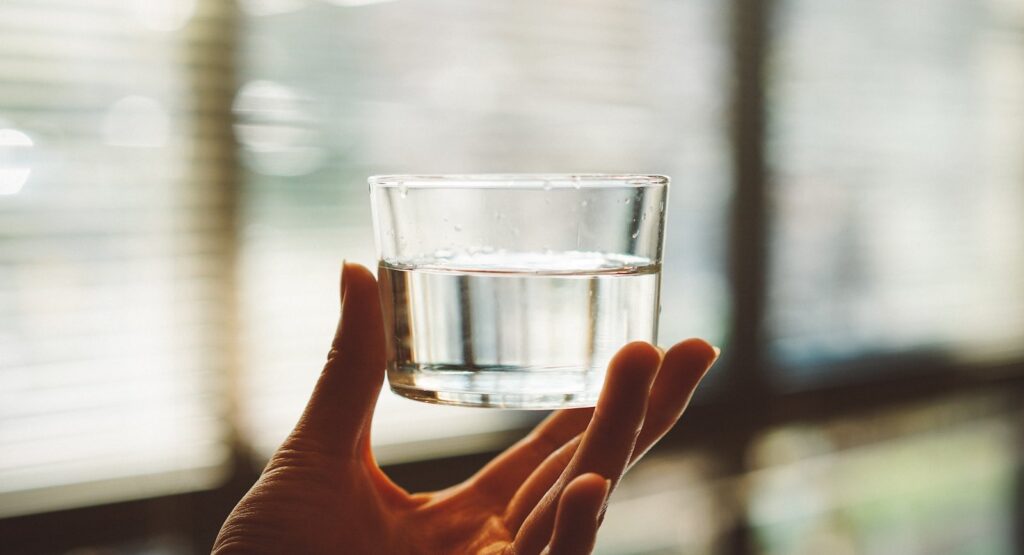
There is a lot to explore, but for now we’re just looking at how to get rid of plastic.
Different types of water filtration include:
- Faucet attachments like the PUR FM-3700 — The filters for most of these are, of course, plastic, so they’re not the best options. But your water doesn’t have much contact with the plastic. Just make sure you dispense it into a non-plastic cup or pitcher.
- Countertop filter systems like Berkley’s gravity-fed filter systems. These are stainless steel containers, and are known for being some of the best, most complete filtering systems available.
- Pitcher filters have come a long way, and there are more and more plastic-free options available all the time. Invigorated Water, for example, offers both a stainless steel pitcher and a glass pitcher.
Plastic-free kids’ dishes
As babies grow into toddlers, the amount of plastic in the kitchen can double almost overnight. Utensils, bowls, plates, and sippy cups come in so many varieties of plastic. It was actually this exact occasion that first made me wonder if all this plastic could be a problem for our health because there was suddenly so much of it.
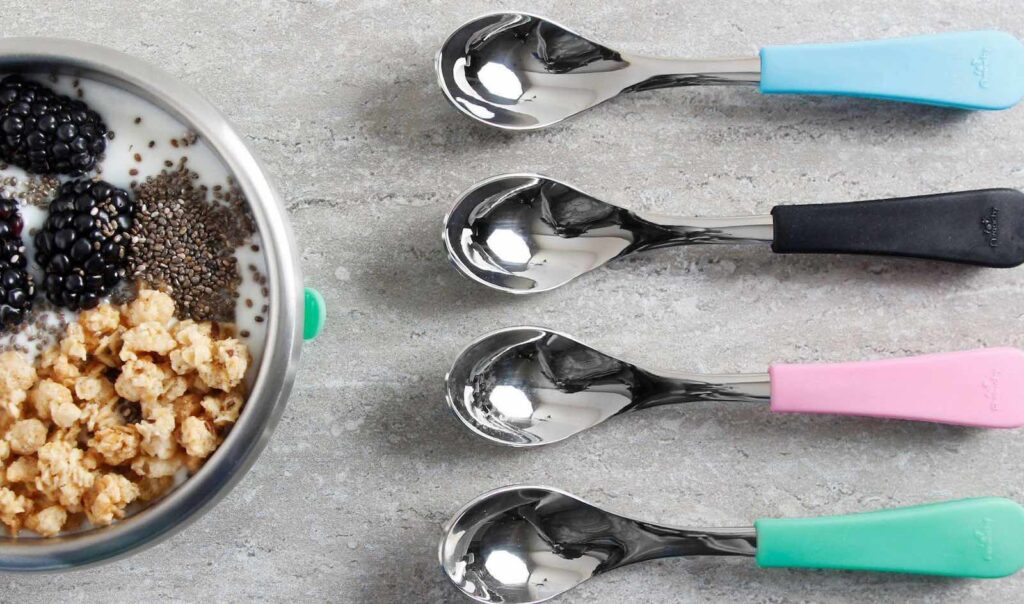
Photo courtesy of Avanchy
Fortunately, there are a growing number of non-plastic eco gadgets for kitchens here as well:
- Avanchy has sets of stainless steel toddler bowls and plates, with silicone suction cups on the bottom. They also have toddler-size stainless steel utensils with silicone handles for small hands (in great colors).
- EKOBO has sets of kids’ dishes made from bamboo. They’re food-grade and completely free of BPA, PVC, phthalates, lead, and mercury.
- Training cups are the hard part. They travel. They fall. They get thrown across the room. There’s very little that’s 100% plastic-free that will also resist spills and breakage. One of the best options is the Munchkin Miracle Stainless Steel cup. The collar of the cup is made of silicone and polypropylene, but liquids and lips only touch it briefly. As kids get older, a set of stainless steel straws and mason jar straw lids can eliminate plastic completely.
Stainless steel lunch boxes
This is kind of a fun switch to make, because Bento-style lunch boxes are just cool. Whether it’s you, your spouse, or the kids taking lunch stainless steel lunch boxes are practical, healthy, and … fun.
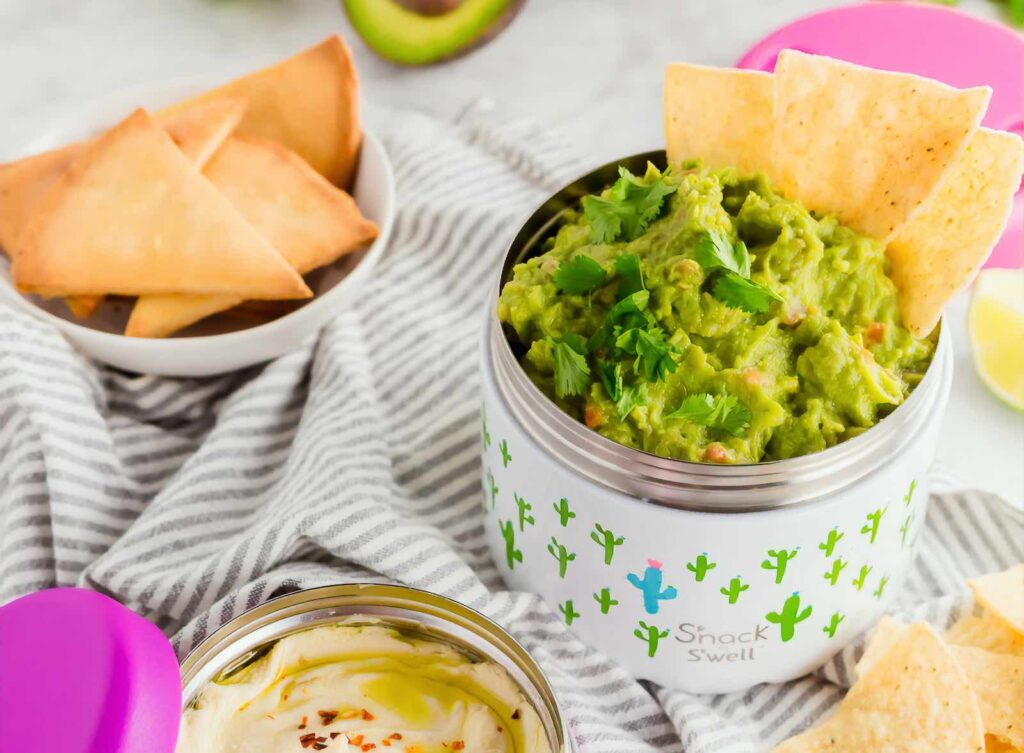
Before you invest in a stainless steel lunchbox (or set), consider what you need it to do. Some are only stainless steel, and while they lock together pretty well, they’re not leak-proof. You can’t take soup to work in those. Some are insulated, others are not.
A few options for safe, non-plastic lunch boxes include:
- The classic stackable, steel-only option, like GRUB2GO’s 3-Layer Bento Lunch box.
- A round, insulated stackable, like Lille’s Stainless Steel Thermal Compartment Lunch Box.
- The single-layer, lunch tray-style box, like these five-compartment trays from PLANETBOX.
- If you want something cuter, check out the collection of stainless steel “snack” bowls by S’well. Note that S’well has other bowls that use a Tritan interior. Tritan is a type of plastic that is often heralded as EA-free, but some studies disagree about it’s safety.
Final pro tip for lunch box shopping: Check the dimensions if you’re ordering online. Manufacturers tend to show them overflowing with food, which often makes them seem larger than they are. There are lots of small Bento lunch boxes on the market, so don’t be fooled.
Mason jars
I know Mason jars have become excessively trendy in some circles, and if you cringed a little just now—I understand.
But if you’re getting started with a plastic-free kitchen, Mason jars are, honestly, easy to find, affordable, and safe. They’re also helpful for so many applications, because they come in a variety of sizes.
Mason jars can get your kitchen plastic-free by serving as:
- Drinking glasses. Eight ounce jars have been my kids’ cups for years. I got a few silicone sleeves and training cup lids for my first toddler and we never looked back. When we go out and need to bring water, I just screw on a normal jar lid and bring the metal straws and straw lids with us to change out at the park.
- Food storage. In the cabinet or the refrigerator, so much food can easily be stored in glass jars. They definitely have a tall, narrow design, and aren’t the best for some food items, but they keep a lot of our food out of plastic bags and boxes.
- Lunch box add-ons. The very small, four ounce jars are great for packing a little bit of salad dressing or sauce for a to-go lunch.
And lids come in only two sizes. We’ve all seen the infomercials featuring distraught consumers who have one hundred plastic lids that don’t fit any of their one hundred plastic food containers. Mason jars solved that problem before plastic ever invented it: standard and wide. My four ounce jars and my 24 ounce jars use the same lids.
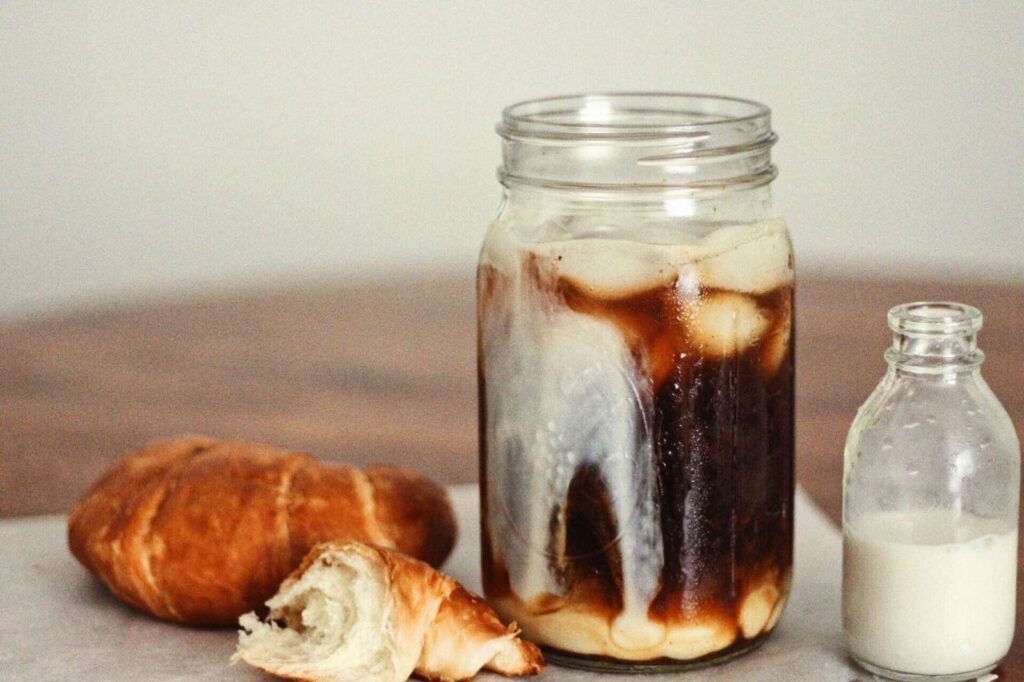
Beeswax wrap
Beeswax wraps are pieces of organic cotton that are coated with beeswax. You simply wrap it around a food item or dish and press it into place. The warmth from your hands softens the wax slightly, so that the wrap sticks to itself. Innovations like these are making it easier than ever to move toward a plastic-free kitchen.
Most wraps require nothing more than a rinse under cool water in between uses and some dark, dry storage. They’re great for produce and bread, although most manufacturers don’t recommend them for meats. You can, however, put meat in a glass dish and cover the top with a beeswax wrap.
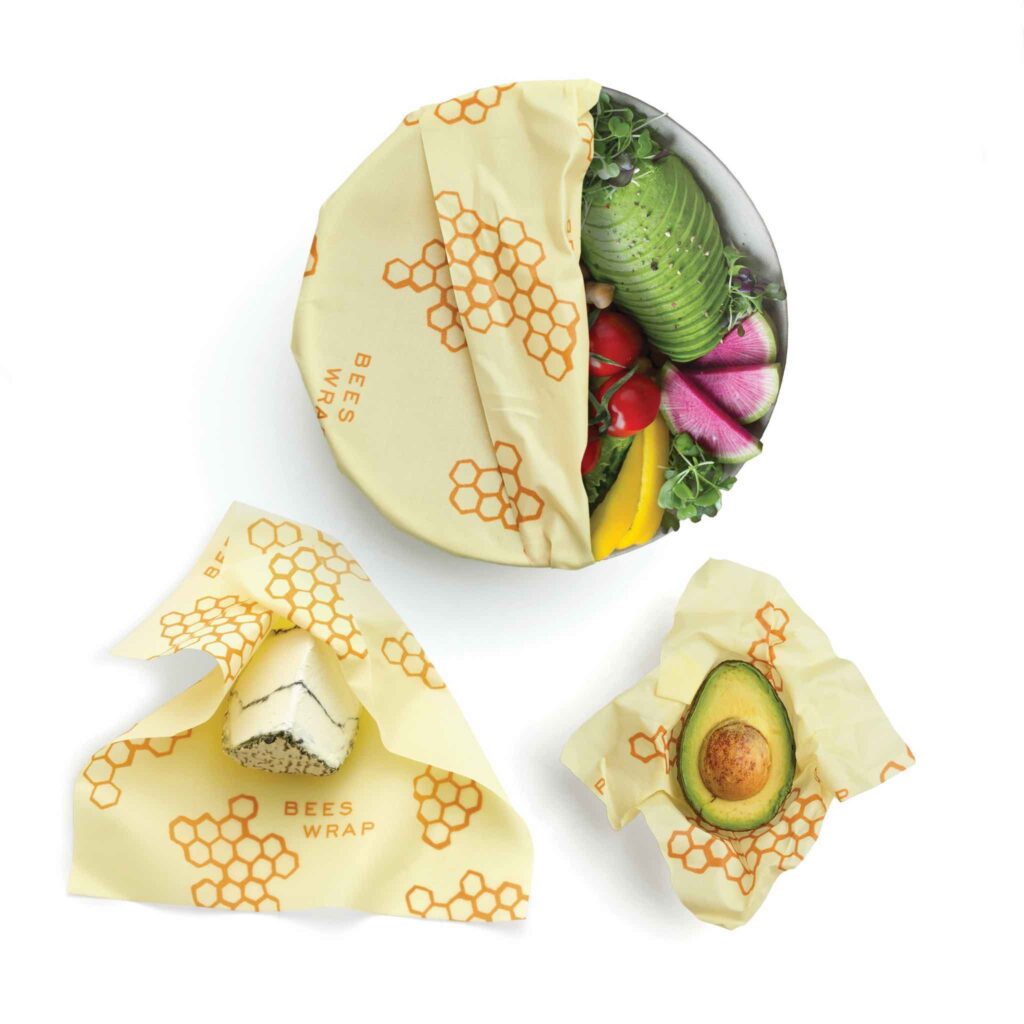
Image courtesy of Bee’s Wrap
The wraps do eventually wear out. Most manufacturers say they’re good for about one year, but I’ve had mine for almost three years and I’m finally looking at replacing them. When they do wear out, though, you can just compost them.
Beeswax wraps are made by a variety of companies and come in a variety of sizes and patterns. If you’re just getting started and you’re not really sure what you need, I recommend:
- A big wrap for bread, like the Bee’s Wrap Bread Wrap.
- A small assortment of sizes, like this set from OrgaWise. The small ones are perfect for individual produce items and the larger ones are great for that half melon or for topping bowls.
Reusable sandwich bags
Reusable snack and sandwich bags are readily available from a wide variety of manufacturers, but this is another consideration that takes a little extra care. Many of the options for reusable snack bags are made to reduce single-use plastic, which is great … but it means they were not necessarily designed to avoid phthalates and EA chemicals.
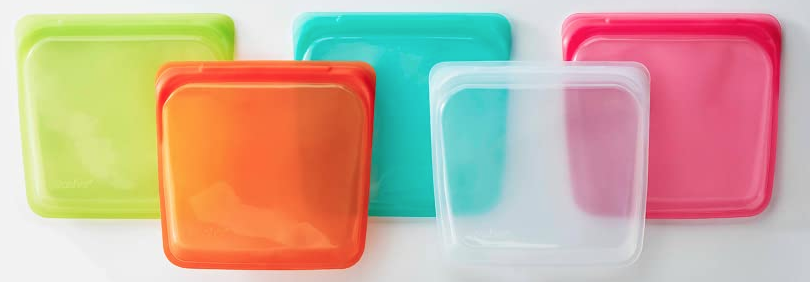
Lots of reusable sandwich bag options are still made from silicone and other plastic, or plastic-coated materials. Make sure to check what your bags are made of before you make a purchase, and remember—”BPA free” does not mean they’re free of other EA chemicals.
A favorite option for reusable snack bags that are actually safe are Bumkins. These are BPA-free, PVC-free, vinyl-free, phthalate-free, and lead-free. And there are dozens of prints and patterns available in a variety of different sizes.
Image courtesy of Bumkins
Glass food storage containers
Mason jars can store a lot of leftovers, but sometimes their tall, narrow shape makes them less than ideal for something like a leftover entree. Enter Pyrex food storage containers.
Pyrex is a brand name, but it’s just a borosilicate glass—which means it’s been tempered to make it more durable. There is some concern with vintage Pyrex dishes, regarding lead in the paint used on the outside of the dishes, but the clear Pyrex dishes used for food storage today don’t have that same concern.
The lids on these are plastic and silicone, so try to keep them from touching the food inside. If the containers get full, I tuck an unpaper towel over the top to keep the plastic lid off the food.
Bonus: Ceramic or cast iron cookware
Your normal pots and pans aren’t plastic, obviously, but as recently as 2019, the FDA’s own studies confirmed that non-stick cookware is leaching dangerous chemicals into food. Per- and polyfluoroalkyl substances (PFAS) are commonly found in food packing and cleaning products, as well as the magical lining of non-stick pots and pans.
They’re not estrogenic inhibitors, like BPA and the phthalates we’ve been discussing, but PFAS, “may affect growth and development, reproduction, thyroid function, the immune system, and injure the liver.”
So while you’re removing toxic chemicals from your family’s food, take a look at your cookware as well. Stainless steel and cast iron are two common alternatives, but even these can infuse your food with heavy metals.
The best option is ceramic cookware.
High quality ceramic cookware is glazed in a kiln, not dipped in a coating, so there are no toxic chemicals for it to leach into food. Just make sure you’re getting actual ceramic pots and pans, and not just ceramic coated cookware, which can still leach unwanted chemicals.
Possibly the best ceramic cookware on the market is Xtrema. Xtrema’s full line of pots and pans is 100% ceramic, which means it is non-toxic. It contains no PFOA, PTFE, glues, polymers, coatings, or dyes, and will never leach chemicals, cadmium, lead, or other metals.
Xtrema’s 7-inch skillet – Image courtesy of Xtrema
Start Setting Up Your Plastic-Free Kitchen Today
There is a lot to think about when you start purging your kitchen of plastic and switching to plastic-free kitchen products —from the items we commonly use to purchase food, to the tools we use to prepare it, to the dishes we use to eat and store it. Plastic is everywhere.
Don’t let it scare you away, though. Your health, and the health of your family, is worth it. Just start small and make one switch at a time to slowly turn your kitchen into a zero waste kitchen.
Get a case of 12 Mason jars on your next grocery store run, or order some compostable cling-wrap for a simple, low-disruption first step.
Whether you make one change each week, or one change each year, every piece of plastic you remove from your kitchen is one big step toward better long-term health.
If you’d like to learn more about the potential dangers of plastics in your kitchen, we’ve written an in-depth article about it: Is Plastic Bad For You? BPA, Phthalates, and the Truth About Putting Plastic in the Microwave.
ABOUT THE AUTHOR:


